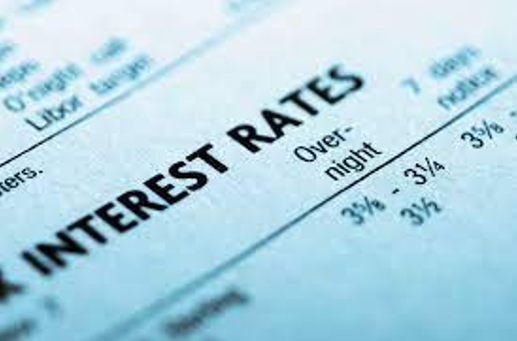Getting to know plain vanilla swaps

What is a plain vanilla swap?
Generally, when we say "plain vanilla," we instantly think it is relative to something without an added feature. It is nothing but ordinary and straightforward. In financial instruments, we also have something similar. It is called the "plain vanilla swap." It is called such because it refers to a very simple financial instrument and is contracted over the counter between two entities. Most of the time, these entities that we talk about are firms or financial institutions.
There are various types of plain vanilla swaps, and these include the interest rate swap, commodity swap, foreign currency swap, and more. When a person says plain vanilla swap, he describes interest rate swaps where the floating interest is swapped for a fixed rate or vice versa.
Tell me more about plain vanilla swaps.
When there is a floating rate exposure, you can hedge it by using a plain vanilla swap. This interest swap can also be a great idea if you are in a declining rate environment. Why? Because you can take that advantage of the situation by switching from a fixed rate to a floating rate. The swap has two ends, and both of them have the same currency for their denomination. They also have a netted interest payments. There shall be no embedded options, and the notional principal remains constant throughout the swap's life.
If we talk about plain vanilla swaps, the most common type that we can encounter is the floating interest rate swap. We have the LIBOR or London Interbank offered rate when we are talking about the most typical floating rate index. The ICE or the International Commodities Exchange is the one who sets this us daily. The LIBOR postings are for five currencies: USD, EUR, CHF, JPY, and GBP. They can mature as early as overnight to a year. There is a survey going around 11 to 18 significant banks just to set up the rate. ICE is responsible for LIBOR, and they are supposed to stop the one-week and two-month USD LIBOR publishing beyond the 31st of December 2021. They will suppress the other LIBOR altogether beyond the 30th of June, 2023.
Floating rates reset typically every after three months plus semiannual payments. Usually, the floating leg's day count convention is actual/ 360 for the USD and EUR. It can also be actual/ 365 for the GBP, JPY, and CHF. The floating rate leg interest accruement and compounding is every six months. On the other hand, the fixed-rate payment calculation is based on a 30/ 360 or 30/ 365. Also, this depends on the currency involved. We can compare the interest due on the floating rate leg and the due on the fixed-rate leg. The only thing paid is the net difference.
A recap to close
One
of the simplest, if not the simplest, market swaps is plain vanilla. It is for
hedging floating interest rate exposure. Plain vanilla swaps are various, and
they can be interest rates, commodities, currency swaps, and more. Both legs
most likely have the same currency as the denomination, and they have netted interest payments.




